Table of content
Rice, a staple food for billions worldwide, is valued for its versatility, long shelf life, and nutritional benefits. However, improper storage can lead to spoilage, pest infestation, or loss of quality, rendering it inedible or unappetizing. Preserving rice correctly ensures it remains safe to consume, retains its texture, and maintains its nutritional value over time. This article explores scientifically backed and practical methods to preserve rice, covering storage containers, environmental conditions, and additive-free techniques. Whether you stockpile rice for emergency preparedness or seek to reduce waste in your household, these strategies will help you extend its lifespan while safeguarding its flavor and integrity.
Understanding Rice Spoilage and Enemies of Storage
Before diving into preservation methods, it is essential to grasp the factors that degrade rice. Moisture, oxygen, heat, light, and pests are the primary culprits.
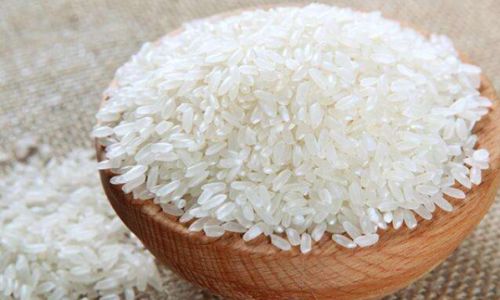
- Moisture: Even trace amounts can trigger mold growth or fermentation, especially in humid climates.
- Oxygen: Exposure accelerates oxidation, leading to rancidity in oils present in some rice varieties (e.g., brown rice).
- Heat and Light: Elevated temperatures and sunlight degrade nutrients and promote bacterial growth.
- Pests: Insects like weevils, moths, and beetles lay eggs in rice, hatching into larvae that consume grains.
By addressing these threats, you can create an environment where rice remains stable for months or even years.
Airtight Containers: The First Line of Defense
The simplest yet most critical step in rice preservation is using airtight containers. These barriers prevent moisture infiltration, pest access, and oxygen exposure.
Types of Containers
- Glass Jars: Transparent, non-porous, and easy to clean. Opt for jars with rubber-sealed lids to ensure hermetic closure.
- Food-Grade Plastic Buckets: Durable and stackable, ideal for bulk storage. Ensure they are BPA-free and labeled “food-safe.”
- Metal Cans: Opaque and pest-resistant, but avoid rust-prone materials.
- Mylar Bags: Coated with metalized layers, these bags block light and oxygen when heat-sealed. Often paired with oxygen absorbers (discussed later).
Preparation Steps
- Clean Containers Thoroughly: Wash with hot, soapy water and dry completely to eliminate residues that attract pests.
- Pre-Chill or Freeze Rice: For short-term storage, placing rice in the freezer for 48 hours kills existing eggs or larvae.
- Avoid Overfilling: Leave 1–2 inches of space to prevent container breakage from expansion in freezing conditions.
Temperature and Humidity Control: The Cool, Dark Pantry
Rice thrives in cool, dry environments. Ideal storage conditions are:
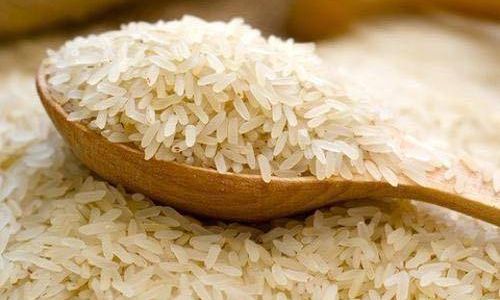
- Temperature: Below 70°F (21°C)
- Humidity: Below 15%
Strategies for Optimal Placement
- Pantry or Cupboard: Store containers away from appliances like ovens or refrigerators, which emit heat.
- Basement or Cellar: Ideal for long-term storage in cooler climates, provided humidity is controlled.
- Avoid Kitchens: Frequent temperature fluctuations from cooking accelerate spoilage.
Refrigeration and Freezing: Advanced Options
- Refrigerator: Suitable for opened packages or small quantities. Seal rice in airtight bags to prevent moisture absorption.
- Freezer: Extends shelf life indefinitely. Thaw frozen rice in the refrigerator to prevent condensation.
Natural Pest Deterrents: Herbs and Spices
For centuries, cultures have used botanical agents to repel rice pests without chemicals. These methods are safe, eco-friendly, and aromatic.
Effective Natural Additives
- Bay Leaves: Place 1–2 leaves per liter of rice. Their volatile oils repel weevils and moths.
- Cloves: Whole cloves inserted into the rice deter pests with their strong scent.
- Dried Chili Peppers: Capsaicin acts as a natural insecticide.
- Garlic: Peel and bury cloves within the rice; replenish monthly.
Application Tips
- Use dried herbs to avoid introducing moisture.
- Replace additives every 3 months to maintain potency.
Vacuum Sealing: Eliminating Oxygen
Vacuum sealing removes air from packaging, halting oxidation and pest survival.
Equipment and Techniques
- Vacuum Sealers: Home machines are affordable and easy to use. Seal rice in portions to avoid reopening bags frequently.
- Mason Jars with Vacuum Attachments: Hand pumps remove air from jars, creating an anaerobic environment.
Benefits
- Extends shelf life of white rice to 5+ years.
- Prevents freezer burn when freezing.
Oxygen Absorbers: Long-Term Storage Solution
For emergency preparedness, oxygen absorbers are indispensable. These iron-based packets react with oxygen, reducing levels to below 0.01%.
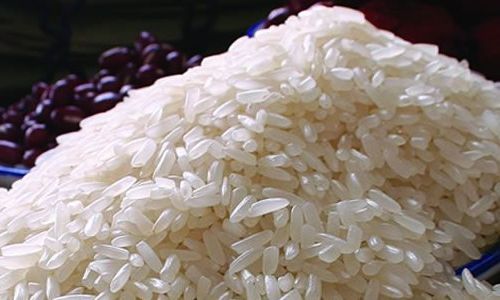
Usage Guidelines
- Use 1,000–2,000 cc absorbers per 5-gallon bucket of rice.
- Pair with mylar bags for double protection.
- Store in a cool, dark place after sealing.
CO2 Displacement: Inert Gas Protection
Replacing oxygen with carbon dioxide (CO2) suffocates pests and bacteria.
Methods
- Dry Ice: Place 1–2 ounces of dry ice in a bucket of rice. As it sublimates, CO2 fills the container. Seal immediately.
- Commercial CO2 Kits: Available for large-scale storage.
Desiccants: Combating Moisture
Silica gel packets or food-grade diatomaceous earth absorb excess moisture.
Precautions
- Use only FDA-approved desiccants.
- Replace every 6 months in humid climates.
Rotation and Inspection: Best Practices
Even with perfect storage, regular checks are vital.
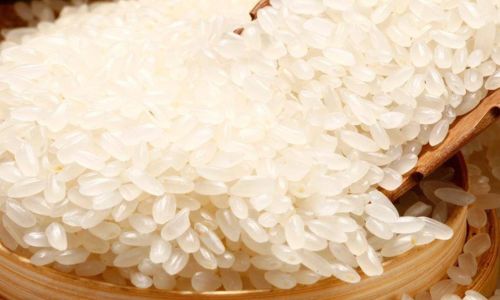
- First-In, First-Out (FIFO): Use older rice first to prevent expiration.
- Smell Test: Rancid rice emits a sour or chemical odor.
- Visual Inspection: Look for webbing, larvae, or discoloration.
Special Considerations for Different Rice Types
- White Rice: Low in oil, lasts 25–30 years when stored correctly.
- Brown Rice: High in oil, prone to rancidity. Freeze or refrigerate for longevity.
- Parboiled Rice: Heat-treated during processing, offering intermediate shelf life.
Conclusion: A Staple Safeguarded
Preserving rice is both an art and a science. By combining airtight storage, temperature control, and natural deterrents, you can protect this dietary cornerstone for years. Whether you’re a prepper, a home cook, or a retailer, these methods ensure that every grain remains as fresh and nutritious as the day it was harvested. Remember, the key to successful preservation lies in proactive measures—act before pests or moisture compromise your stock. With these strategies, your rice will always be ready to nourish and delight.
Word Count: 1,720




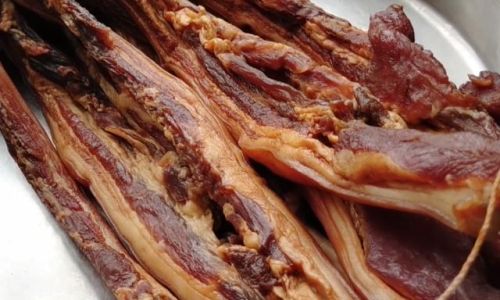
0 comments